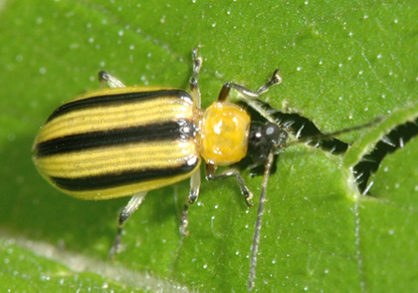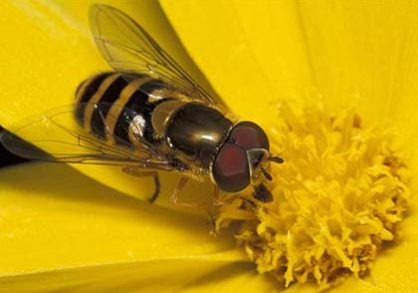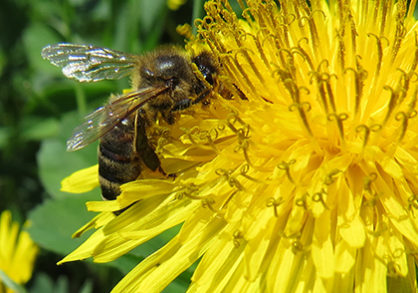What is an invasive plant?
An invasive plant is one that is capable of moving aggressively into a habitat and monopolizing resources such as light, nutrients, water, and space to the detriment of other species.
A plant is native if it has evolved and is adapted to local environmental conditions and is part of a natural community.
A plant is non-native if it has been introduced into a new location by human activity, either intentionally or by accident. It may or may not be invasive in a particular location.
How did these plants get here?
Horticultural activity, such as planting non-native species in home gardens, is responsible for about 60% of invasive species introductions.
Conservation activities introduced about 30% of invasive plants, which were used mostly for screening, providing windbreaks, or as erosion control plantings.
Accidental introductions make up the remaining 10%. For example, Canada thistle (Cirsium arvense) was likely introduced through the soil ballast of early sailing ships.
Some species may be native to certain regions of North America where they are not invasive, but arrive in new regions through assisted range expansion or transportation to other parts of the country for ornamental purposes, where they can become invasive. Still others can expand their range due to changes in land management practices such as grazing or fire suppression.
Why are we concerned?
Seventy-nine plant species cost the U.S. economy more than 97 billion dollars annually in lost crops, failed recovery efforts for endangered species, and control efforts.
Invasive species have contributed to the decline of 42% of all U.S. endangered and threatened species. For 18% of U.S. endangered or threatened species, invasive plants are the main cause of their decline.
Invasive plants compete directly with native plants for moisture, sunlight, nutrients, and space, and negatively affect the quality and quantity of wildlife habitat.
Why are these plants so successful?
Natural predators of the plants are often missing. These invasive species often produce copious amounts of seeds and often have good seed dispersal mechanisms. Several successful invasive plants are allelopathic, meaning the plant produces one or more biochemicals that influence the germination, growth, survival, and reproduction of other organisms in its vicinity. Many invasive plants cast extremely dense shade beneath which native vegetation cannot survive. Invasive species commonly have extended growing seasons that allow more growth and use more resources, and frequently thrive on disturbed soils and habitats around developed lands.
What methods are used to control invasive plants?
Prevention and rapid response are key to controlling invasive species from establishing in the first place. Once established, control efforts become increasingly more expensive and less effective. Key to any control strategy is to understand how they are introduced to an area, their growth habit, and reproductive biology and combating them through these venues.
Control Pests Naturally
Catch cucumber beetles with low-cost sticky traps.
Attract Beneficial Insects
Grow plants that attract insects for pest control and pollination.
Botanic Buzzline
This pollinator pathway was developed by four Cornell undergraduates to address pollinator decline in the Ithaca community.


